Step back in time with me, to the vibrant streets of Corona, Queens in the 1990s. It was a melting pot of cultures and communities, each contributing their own flavor to this unique New York City neighborhood.
Corona’s heart was (and still is) Roosevelt Avenue, a bustling commercial strip where languages from across the globe intertwined. Spanish, Italian, Chinese, Korean – the sounds of diverse communities filled the air as people went about their day. Storefronts displayed colorful signs advertising everything from fresh tortillas to the latest electronics.
Speaking of food, Corona was a paradise for hungry souls. Legendary Italian delis like Leo’s Latticini, known for its creamy mozzarella and overflowing sandwiches, were neighborhood staples. For those craving Latin flavors, Rincon Criollo served up heaping plates of Cuban classics like ropa vieja and arroz con pollo. And let’s not forget the vibrant fruit stands overflowing with mangoes, papayas, and other exotic fruits, offering a taste of the tropics in the heart of Queens.
Weekends in Corona often meant a visit to Flushing Meadows-Corona Park. Families would gather for picnics on the sprawling lawns, children would chase pigeons around the iconic Unisphere, and teenagers would shoot hoops on the basketball courts. The park was a place where people from all walks of life came together to enjoy the outdoors and each other’s company.
Baseball was practically a religion in Corona, and the roar of the crowd at Shea Stadium, home to the New York Mets, was a familiar sound during the summer months. Mets fans, decked out in blue and orange, would fill the stadium, cheering on their team with unwavering passion. The energy during those games was electric, a shared experience that united the community in a way few things could.
Music played a major role in shaping the cultural landscape of Corona. The sounds of salsa, merengue, and bachata spilled out from apartment windows and local clubs, inviting everyone to join the dance floor. Live music venues like La Boom hosted legendary performers, drawing crowds eager to move their bodies to the infectious rhythms.
But Corona wasn’t just about the hustle and bustle. It was also about close-knit communities, where neighbors knew each other by name and looked out for one another. Kids would spend their afternoons playing stickball in the streets, while older folks gathered on stoops, sharing stories and laughter. There was a sense of belonging, of being part of something bigger than oneself.


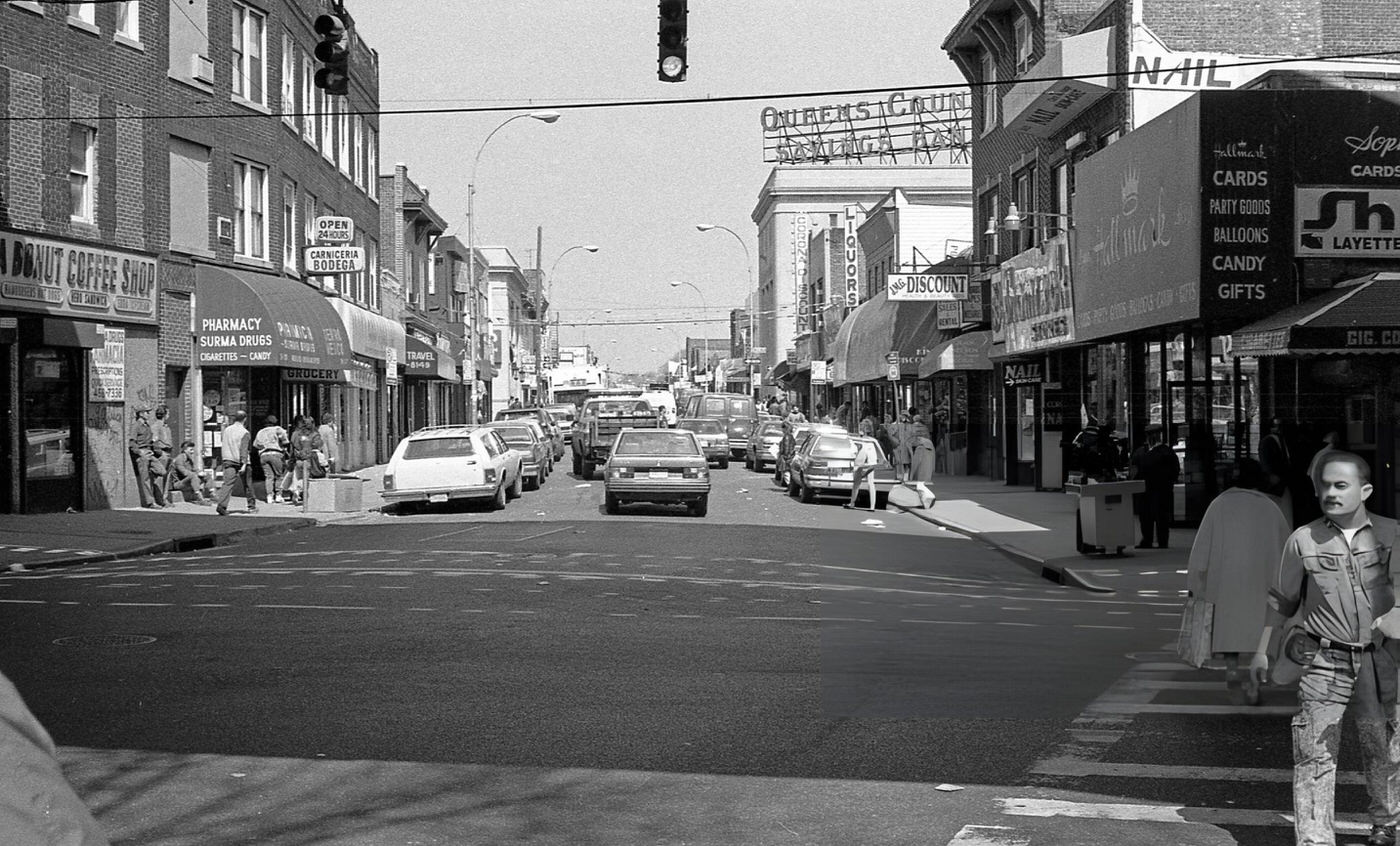

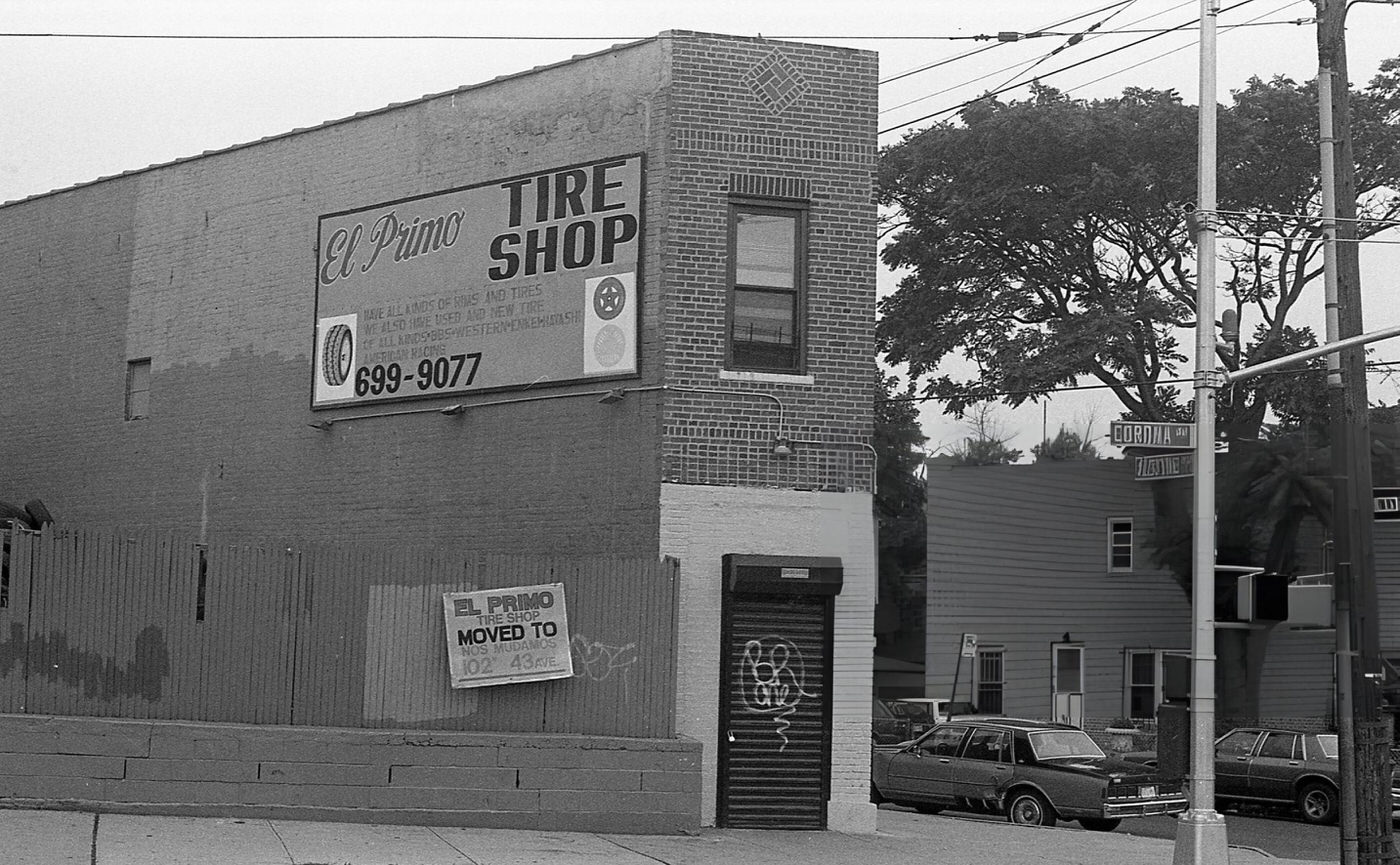
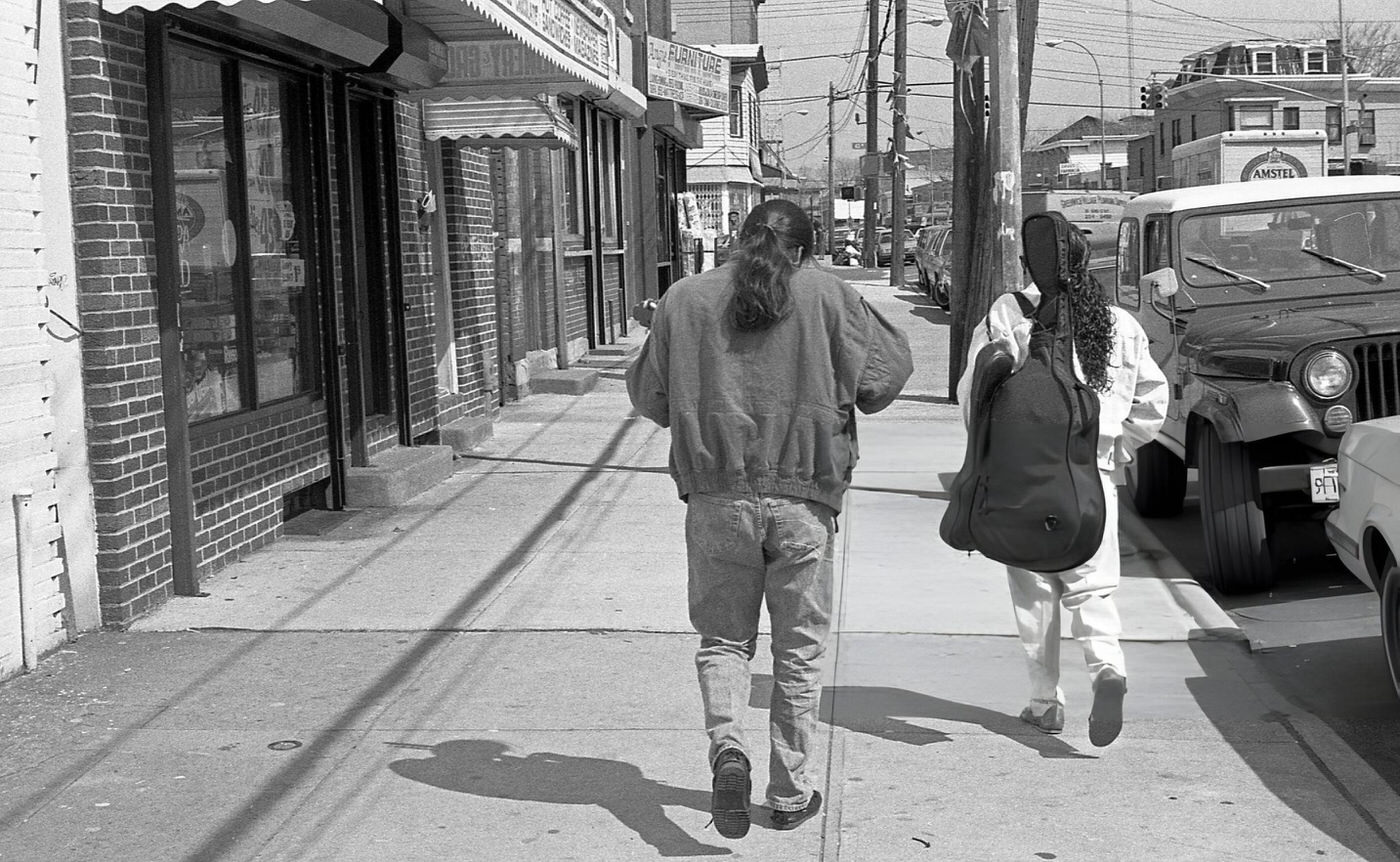
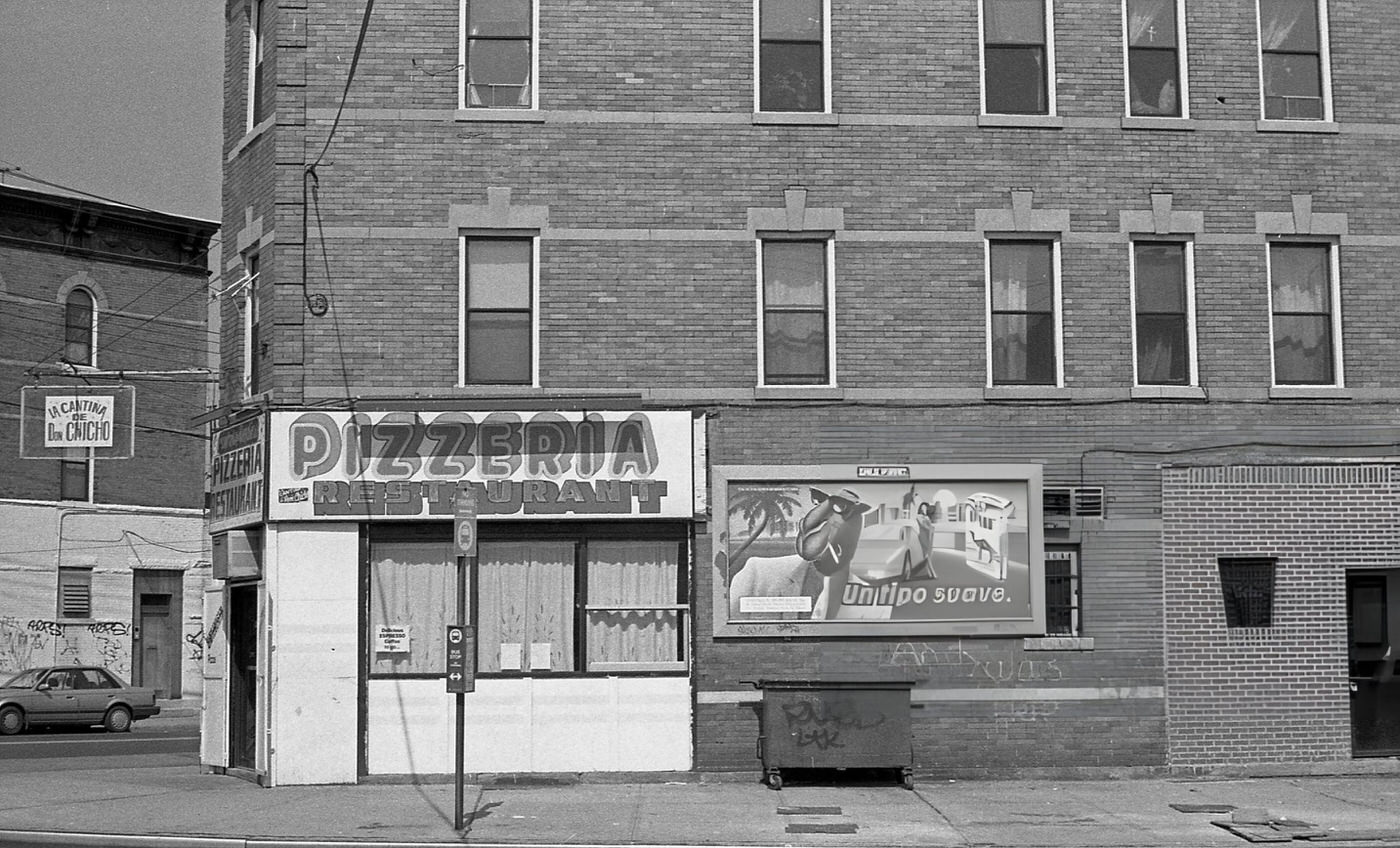
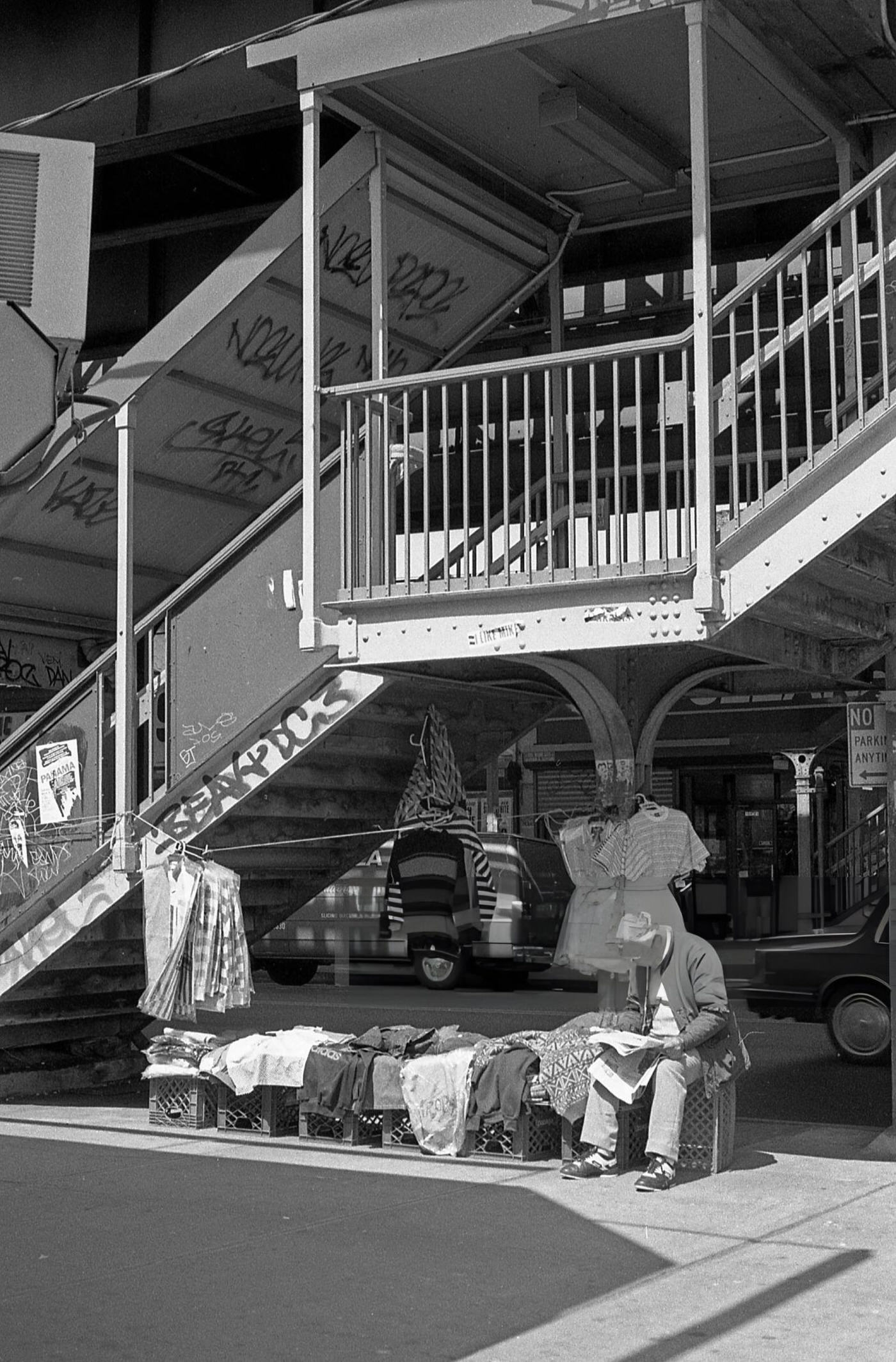
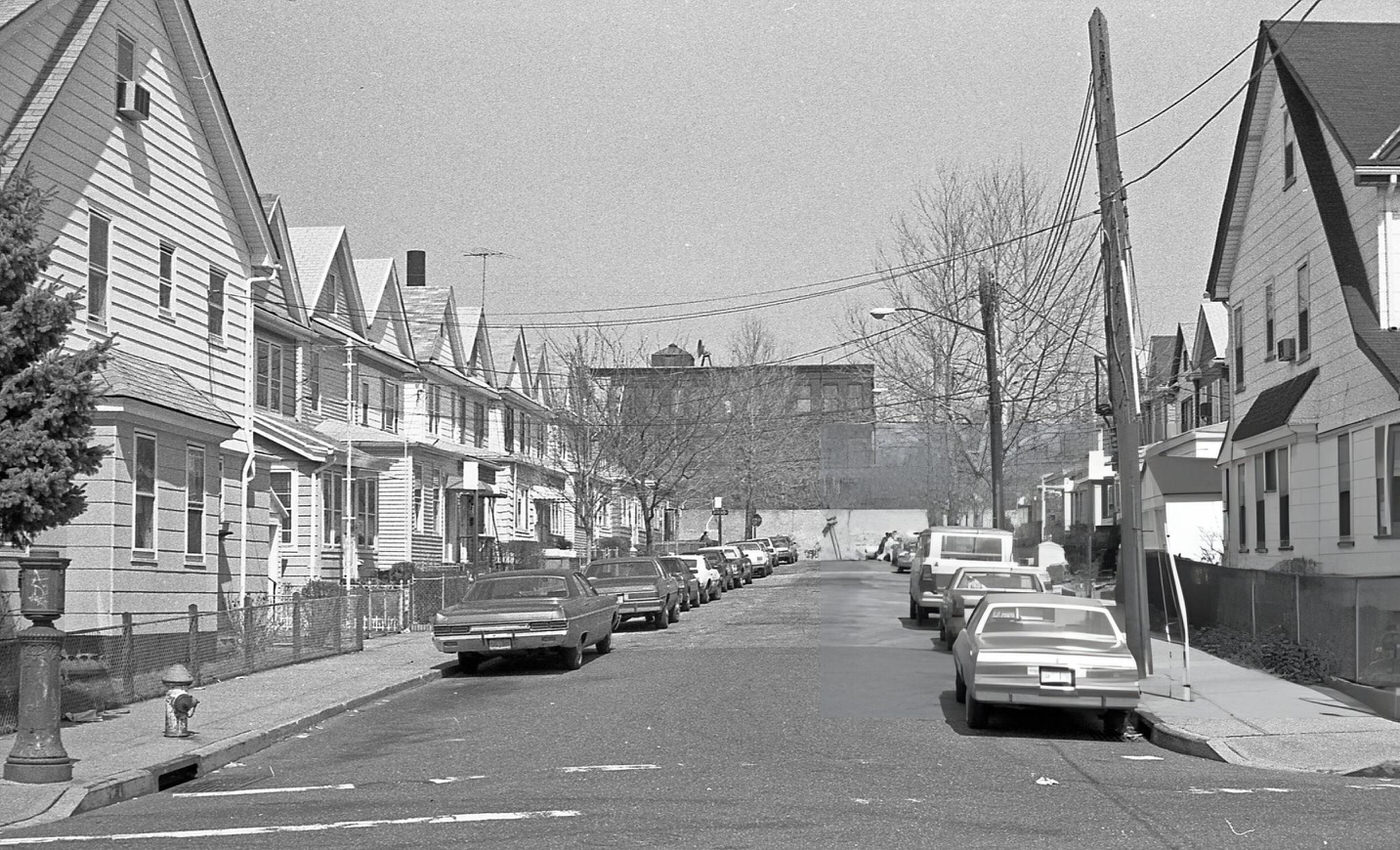
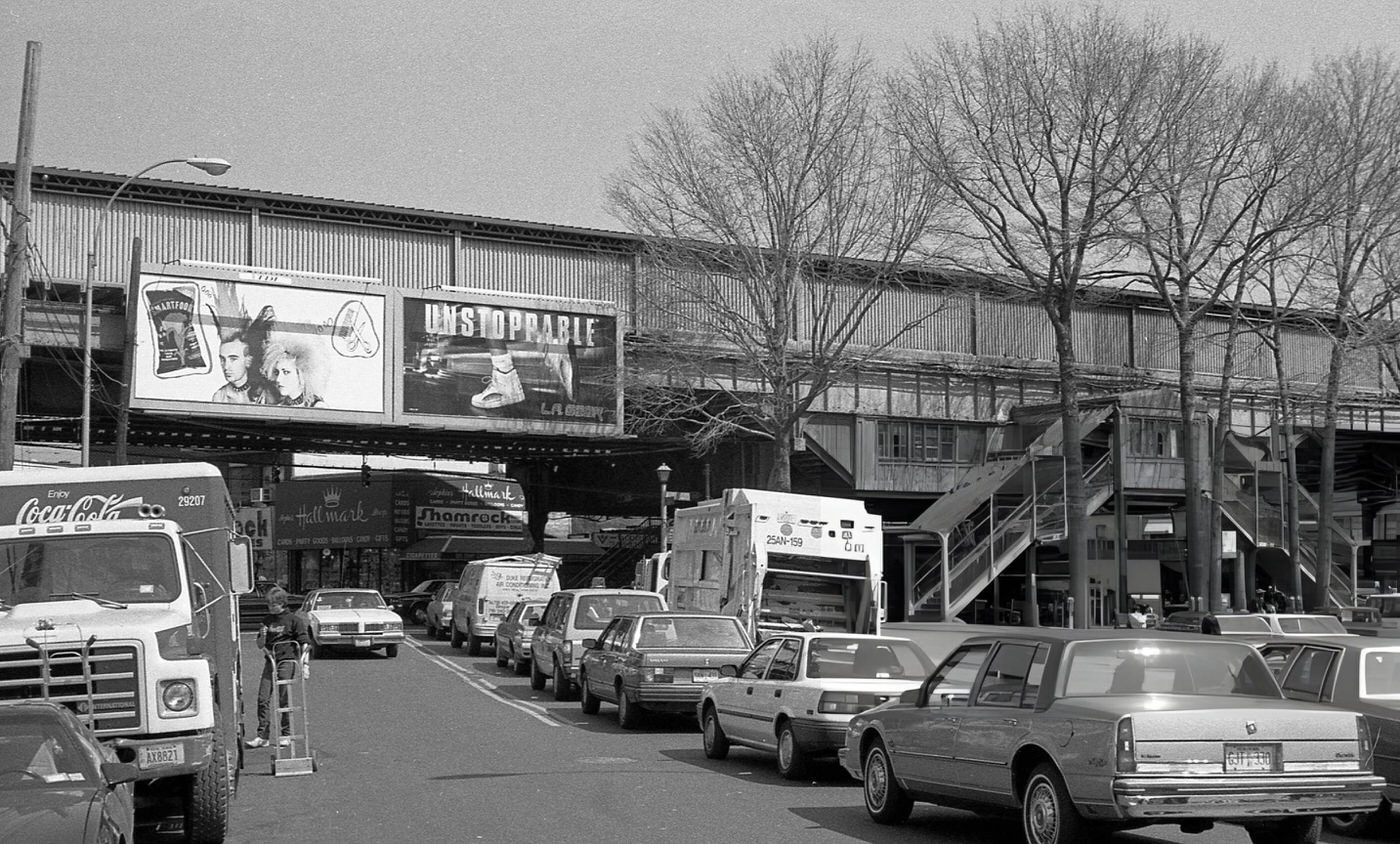
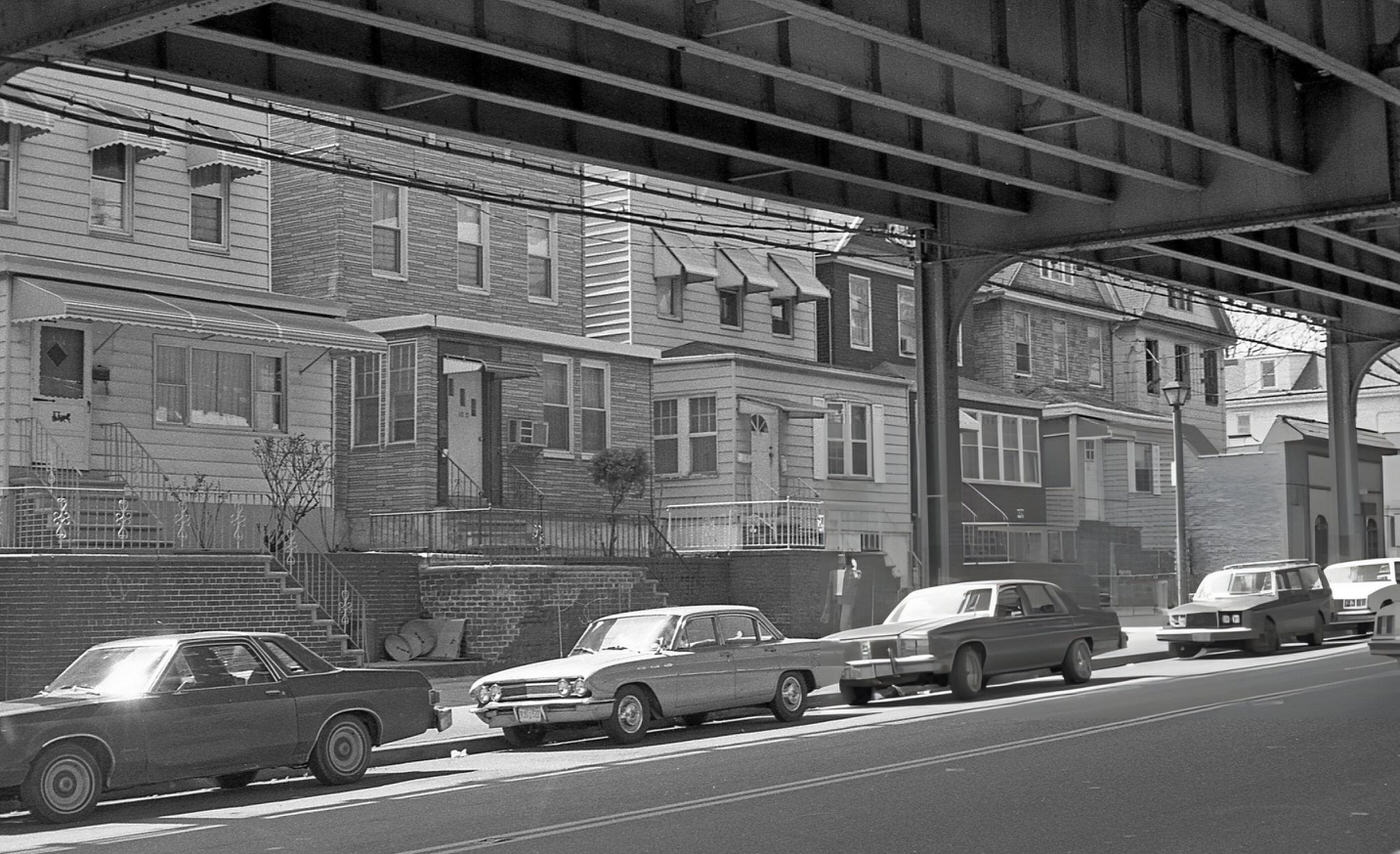
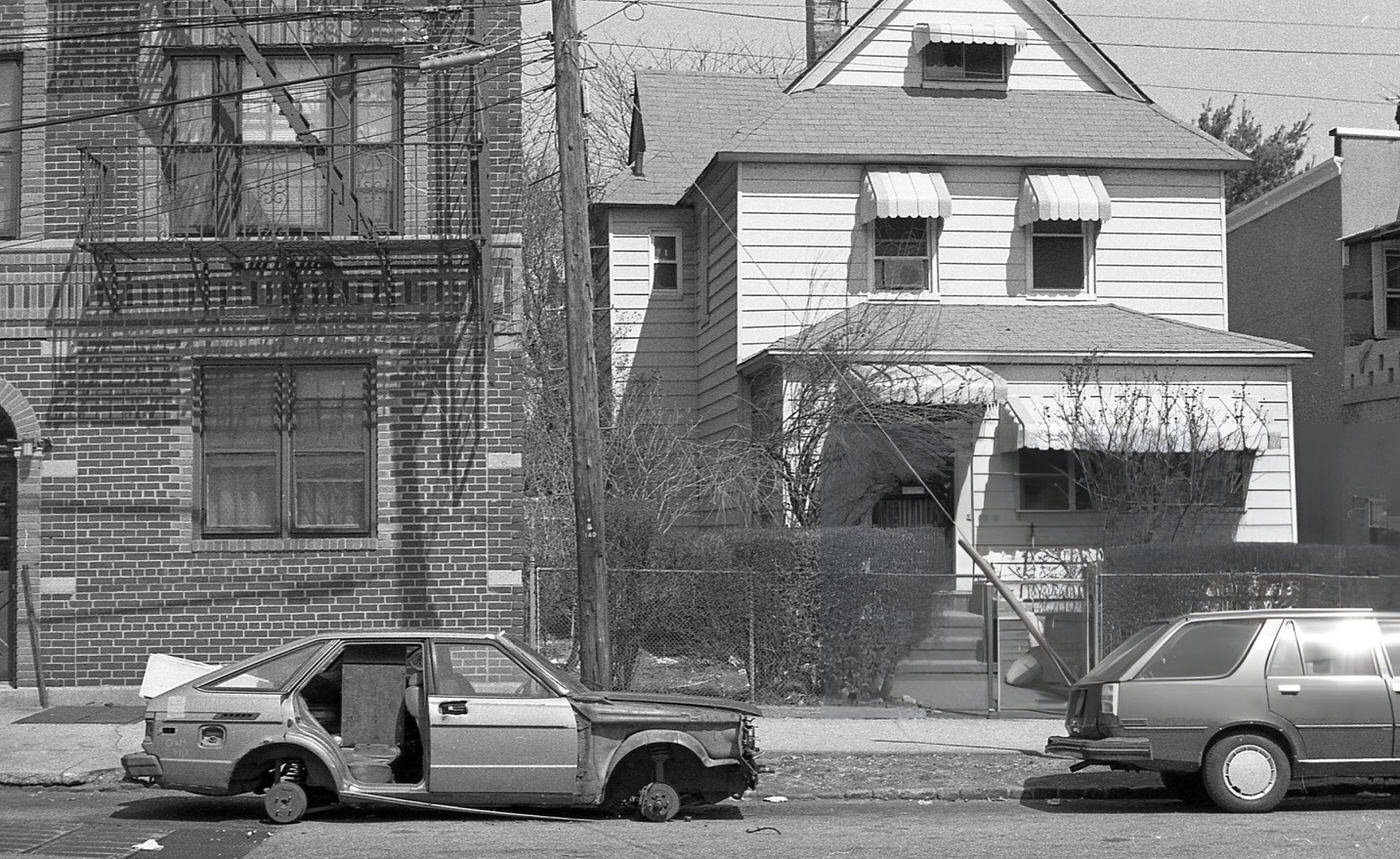
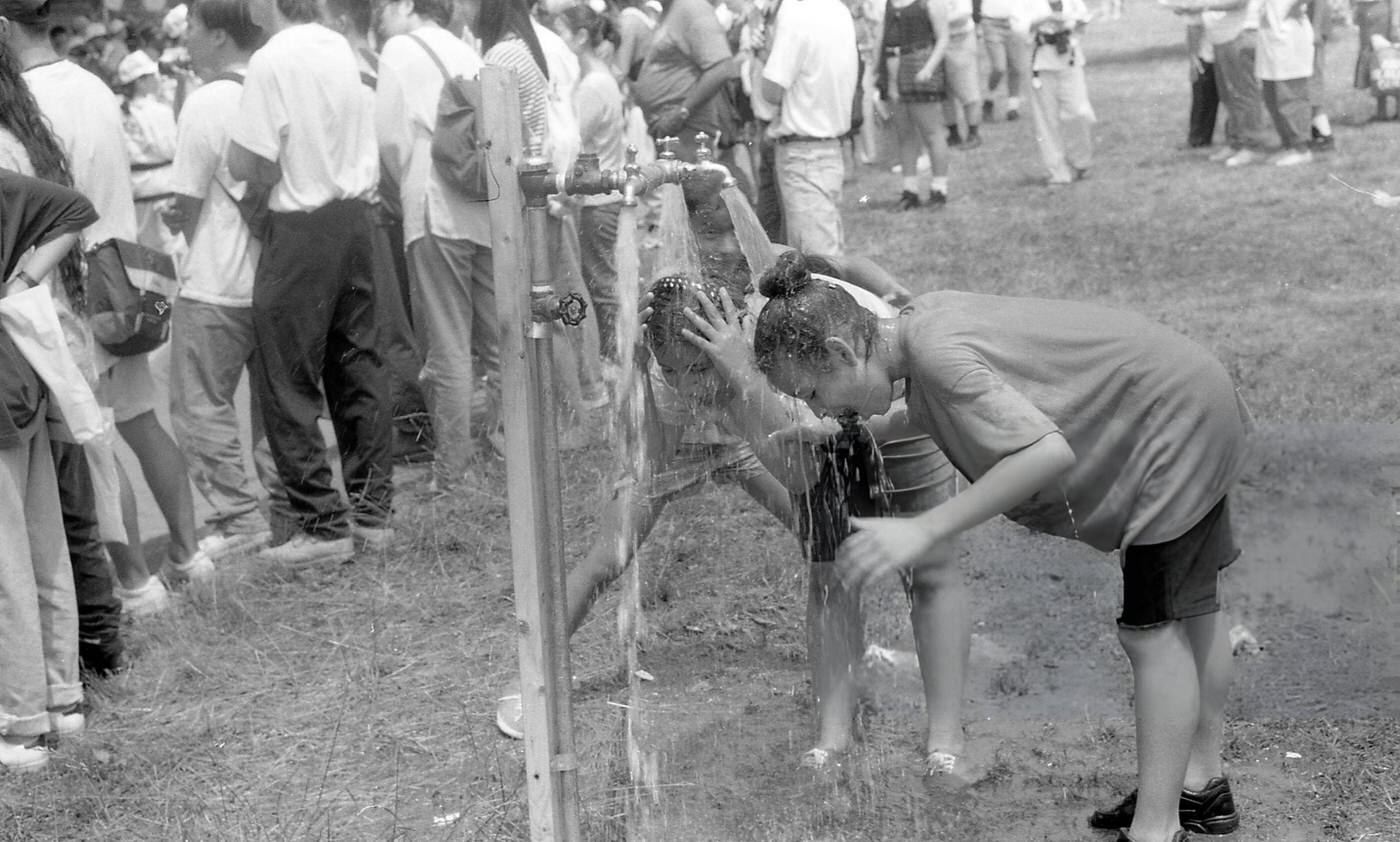
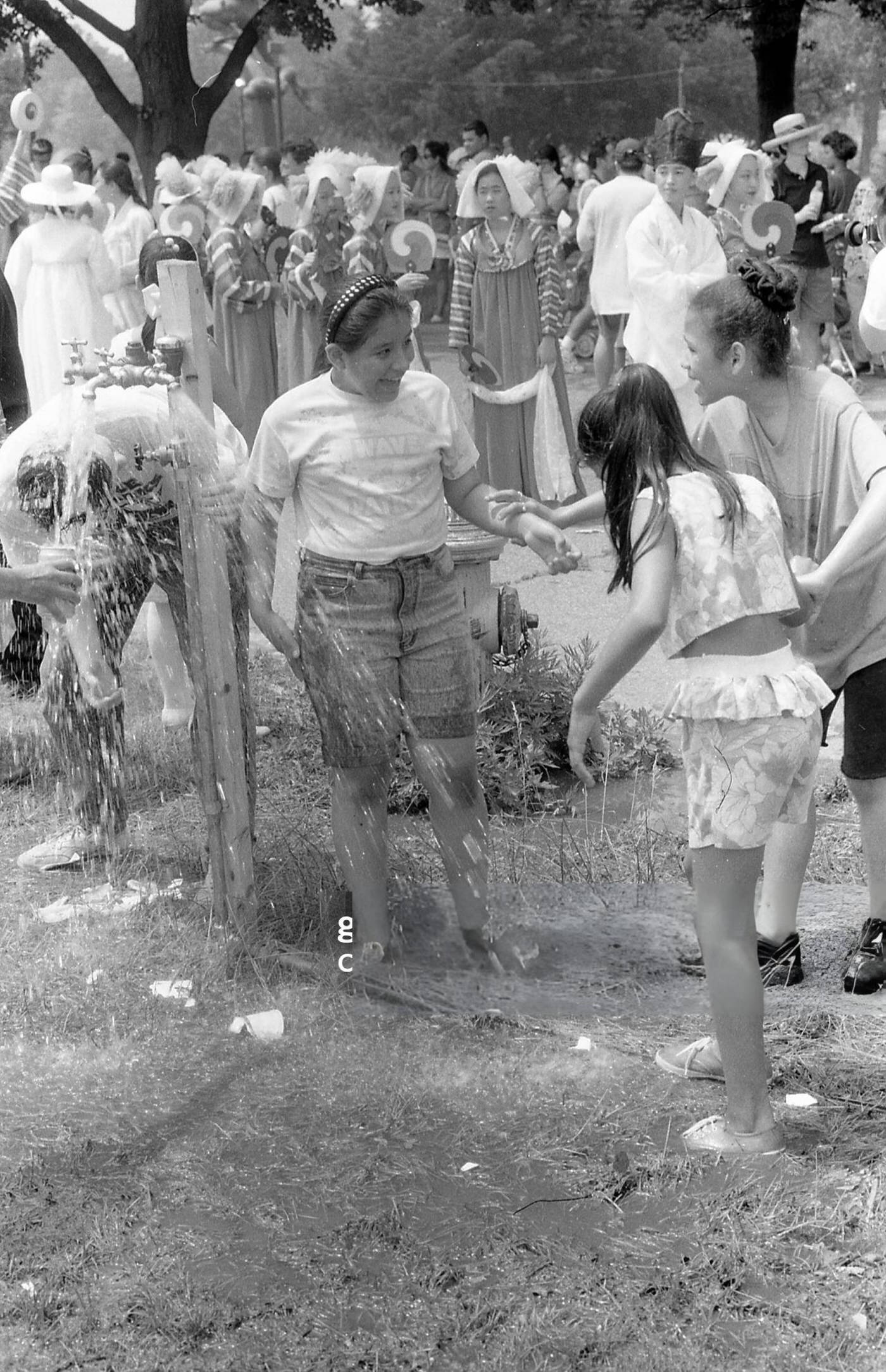
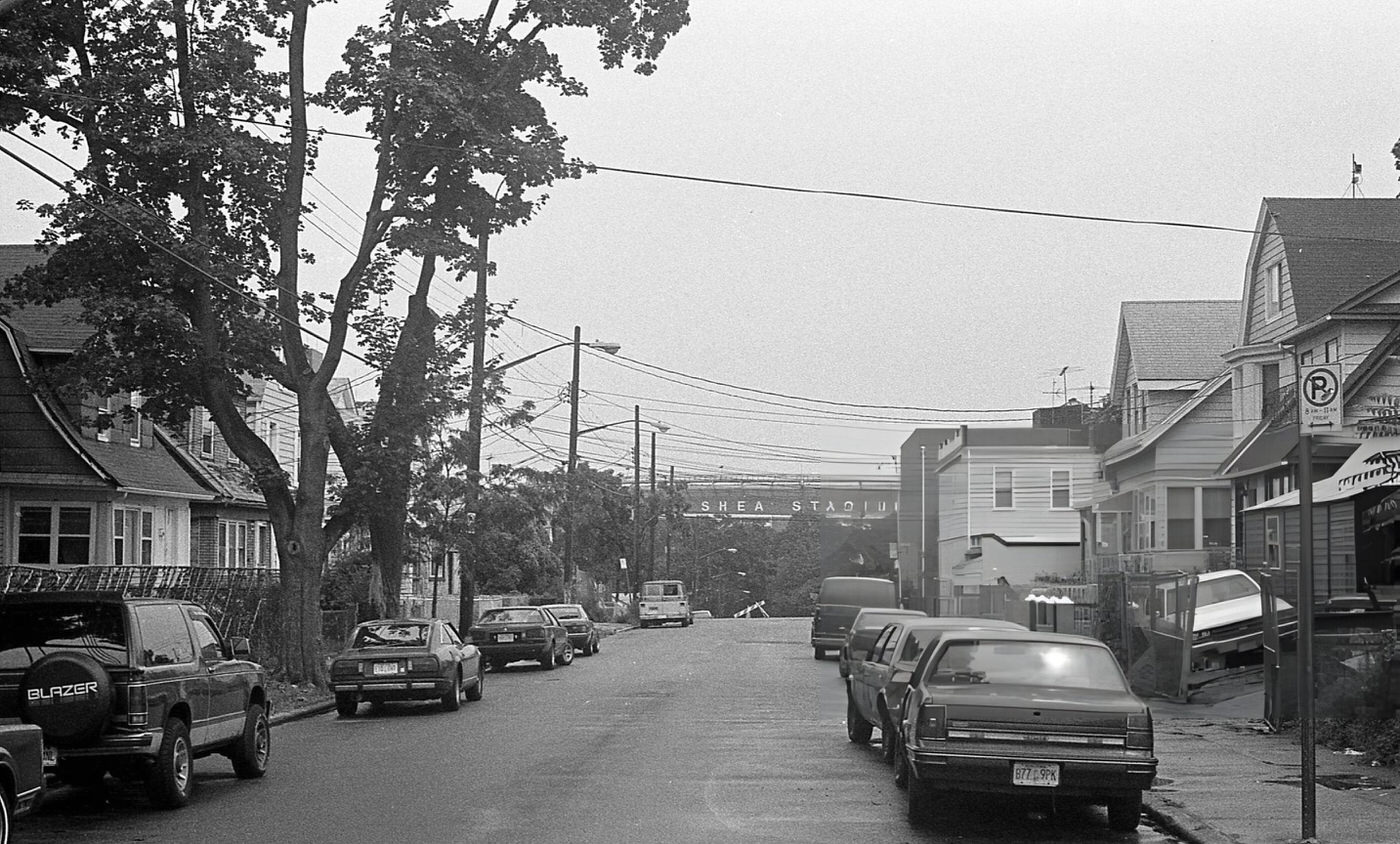

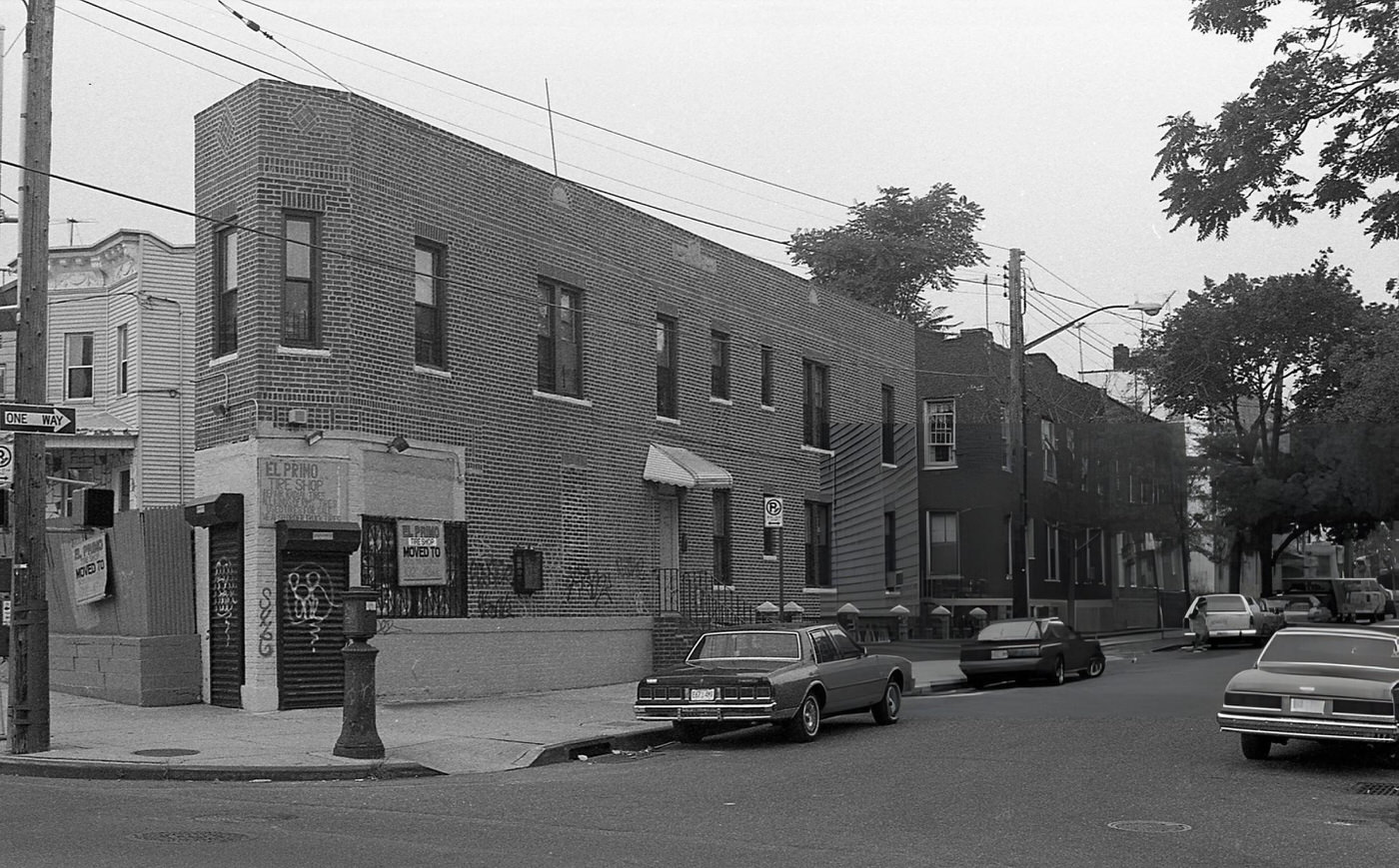
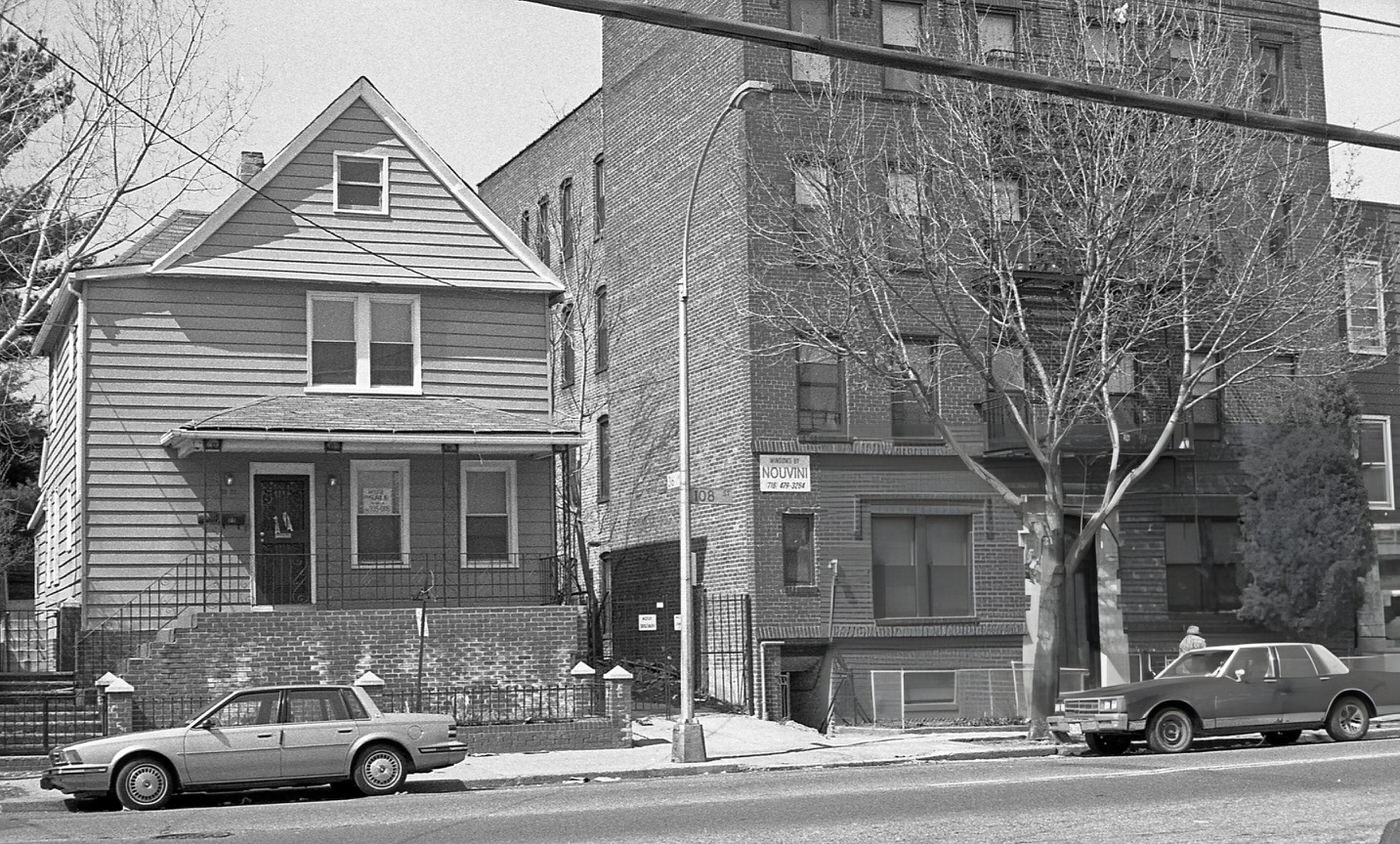
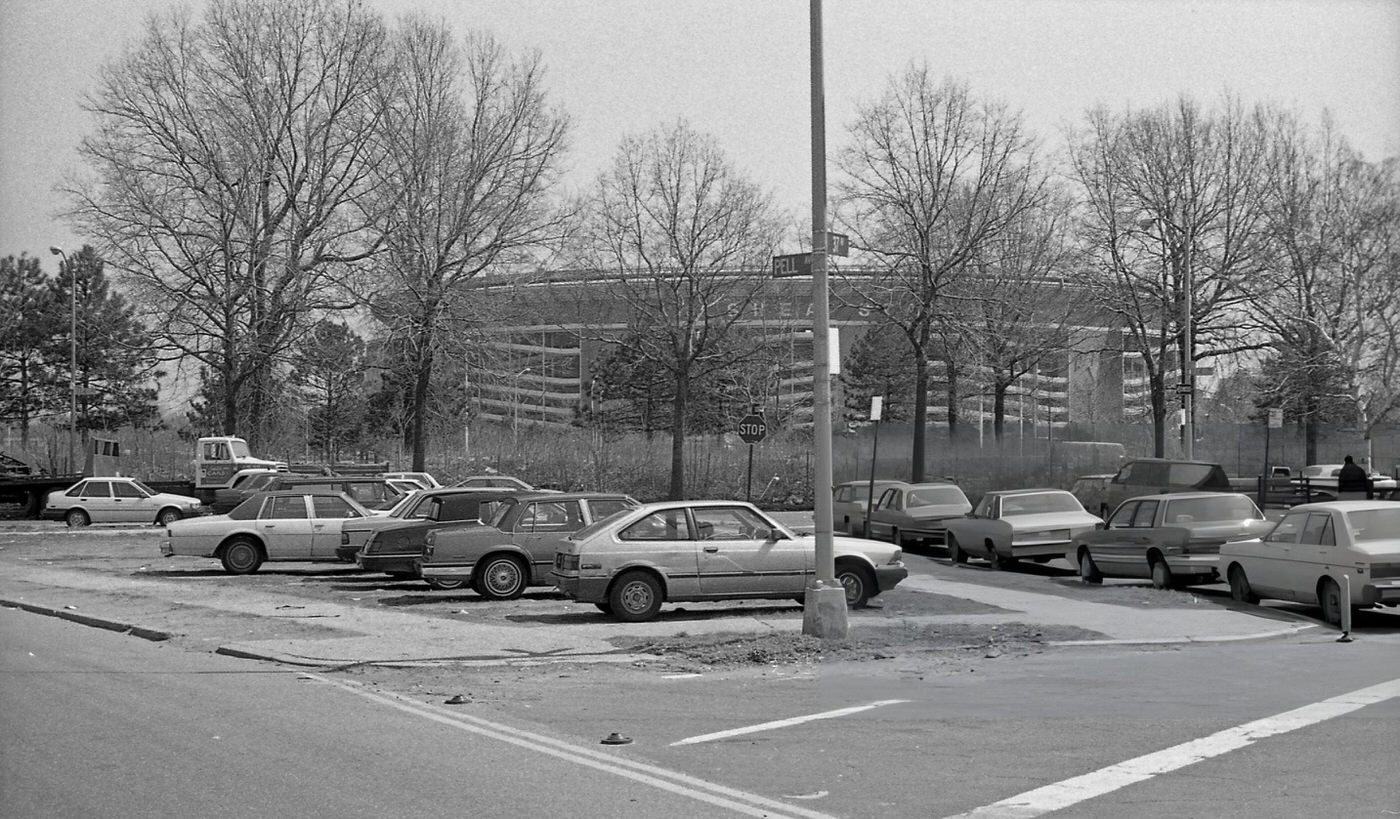
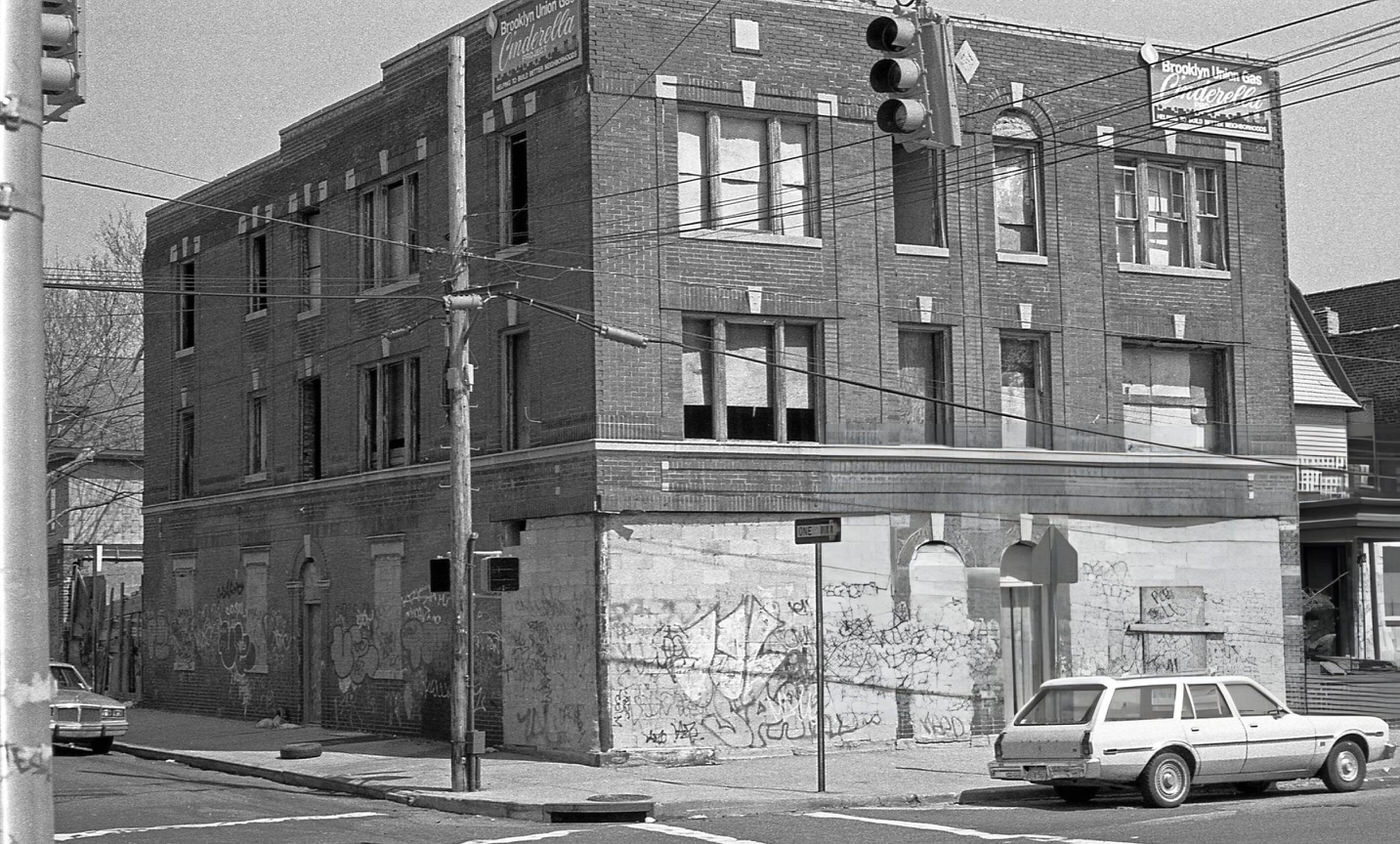
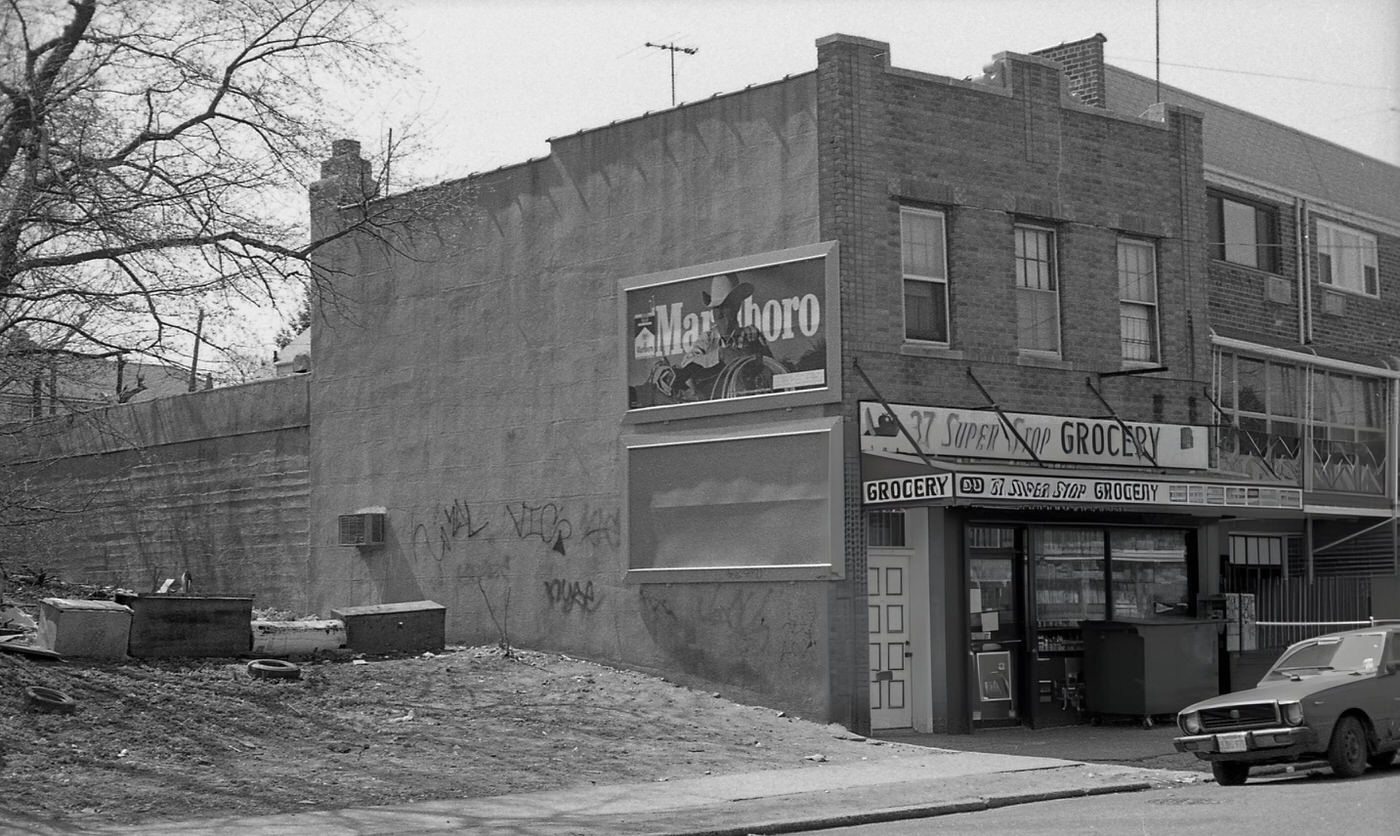
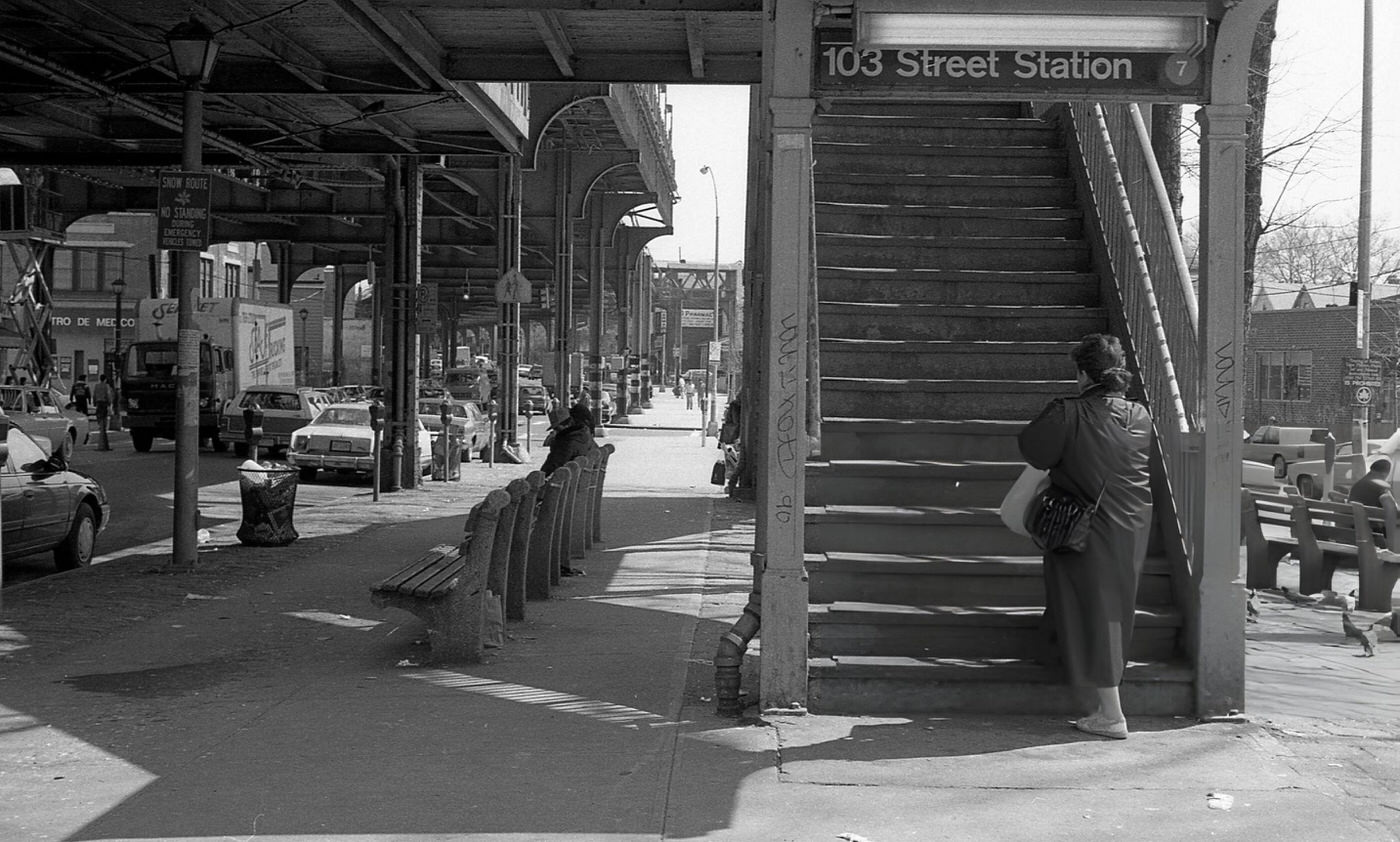
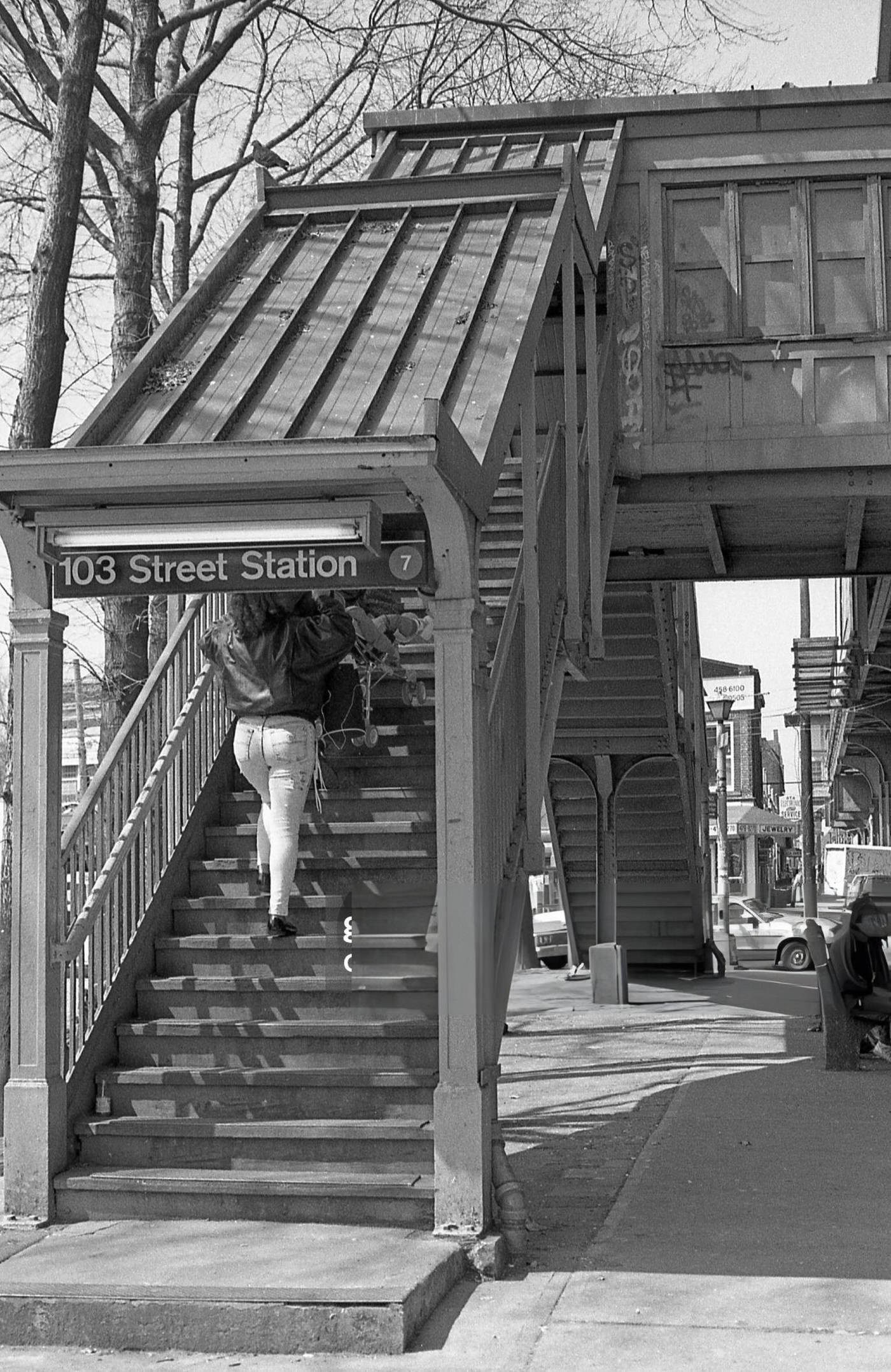
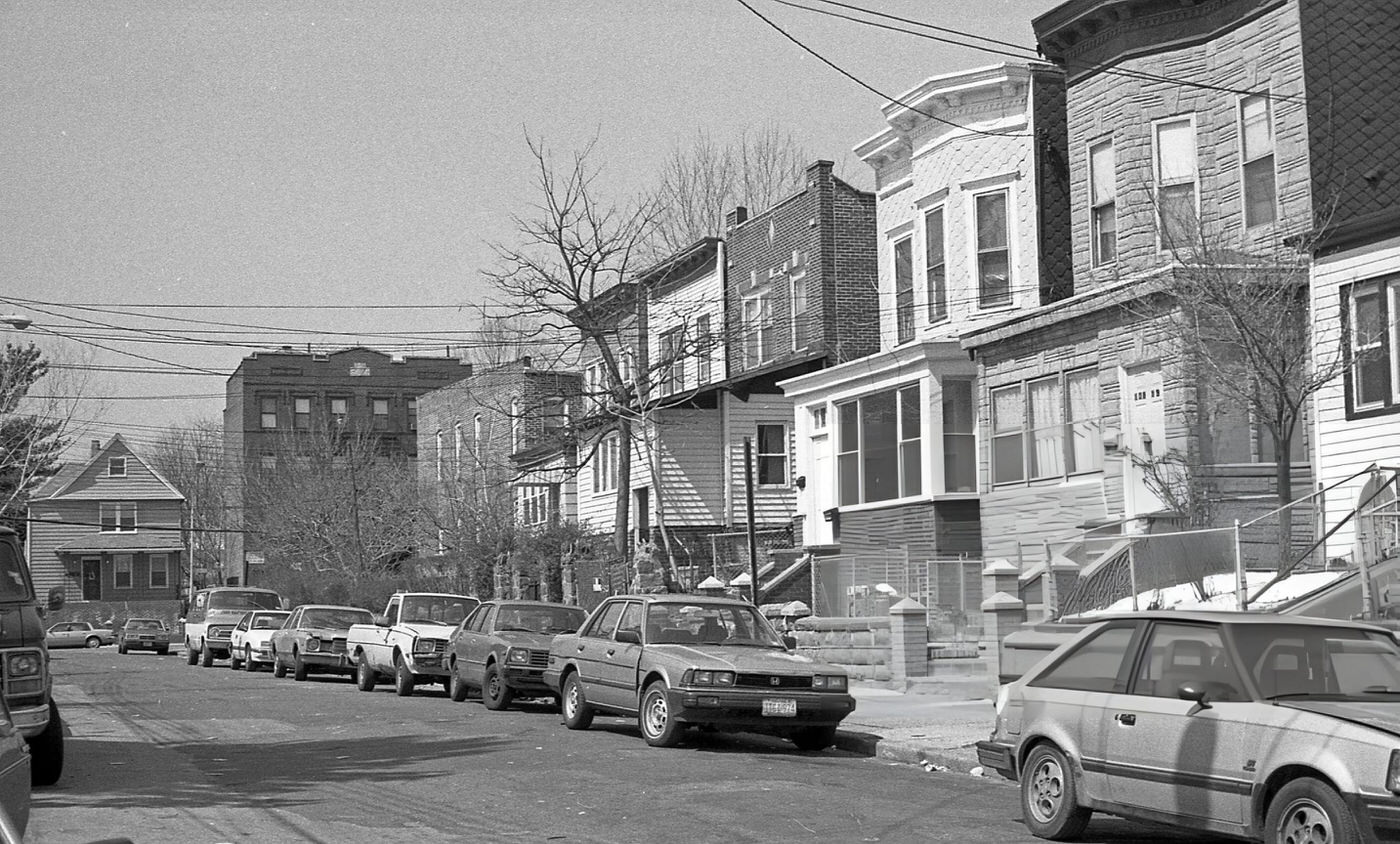
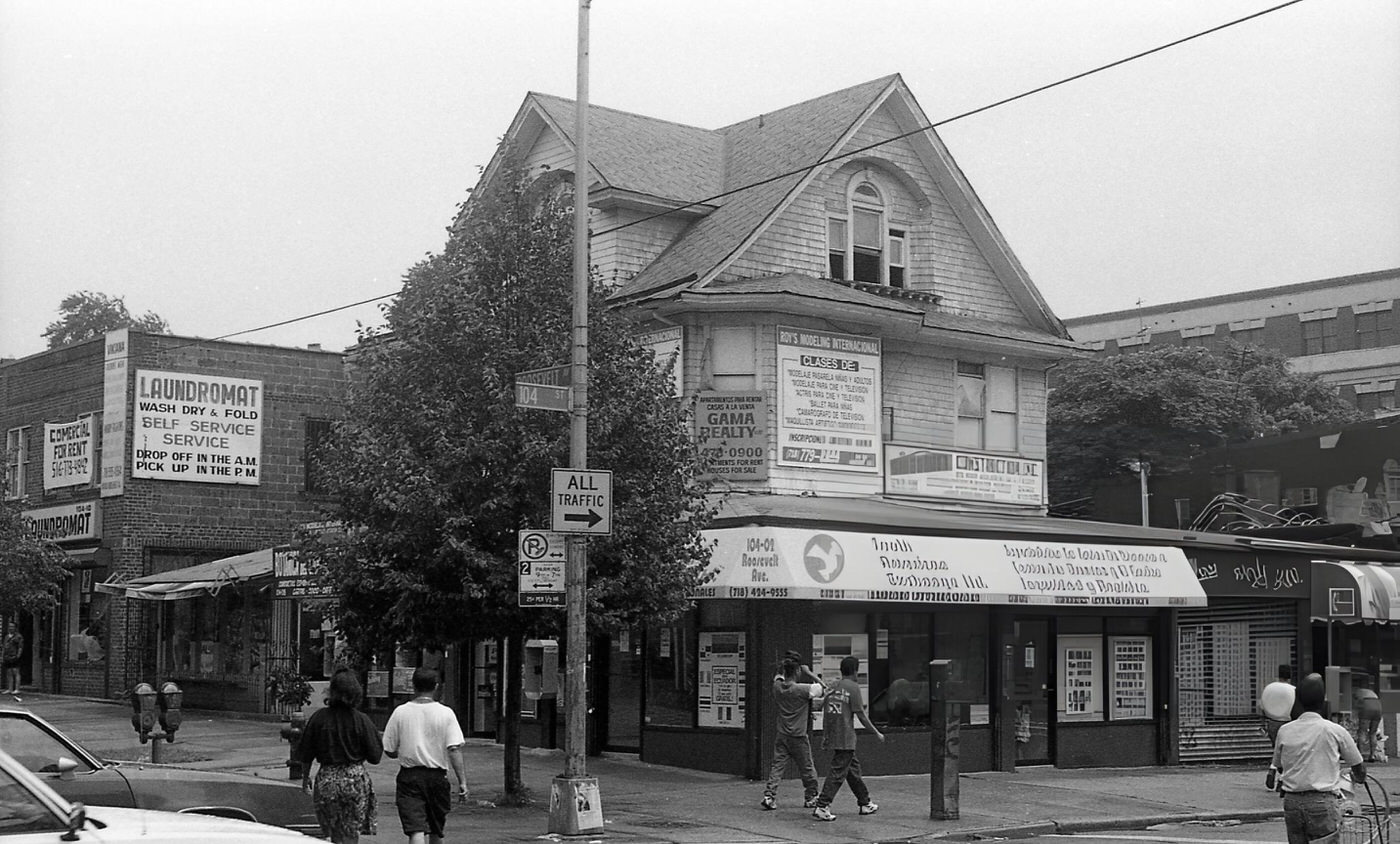
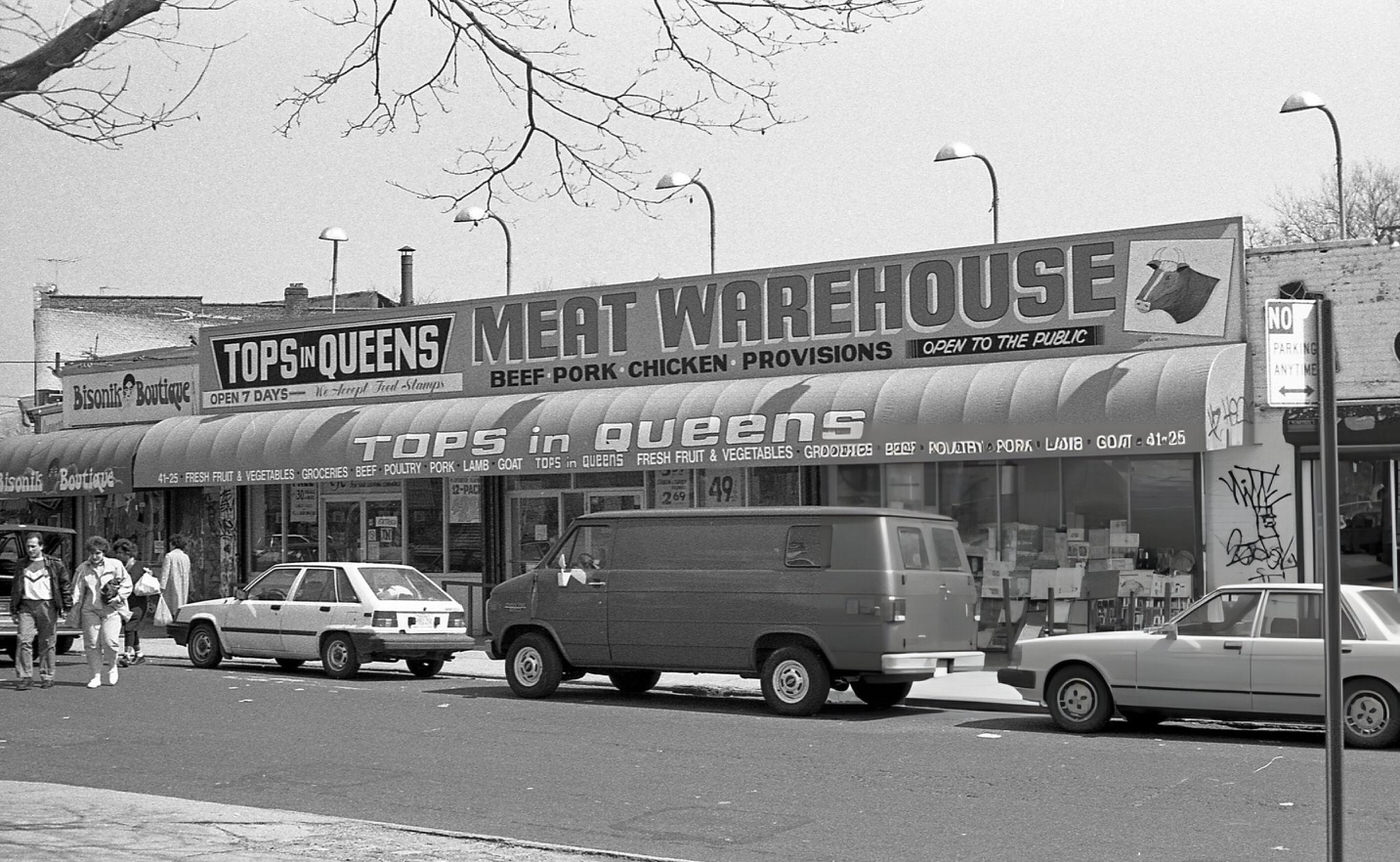
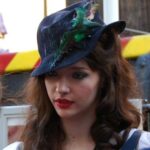
GIPHY App Key not set. Please check settings